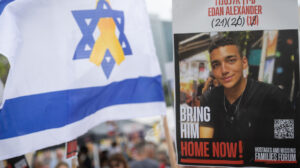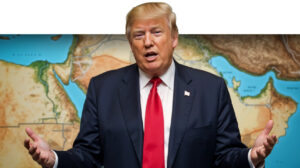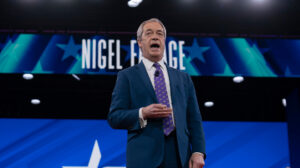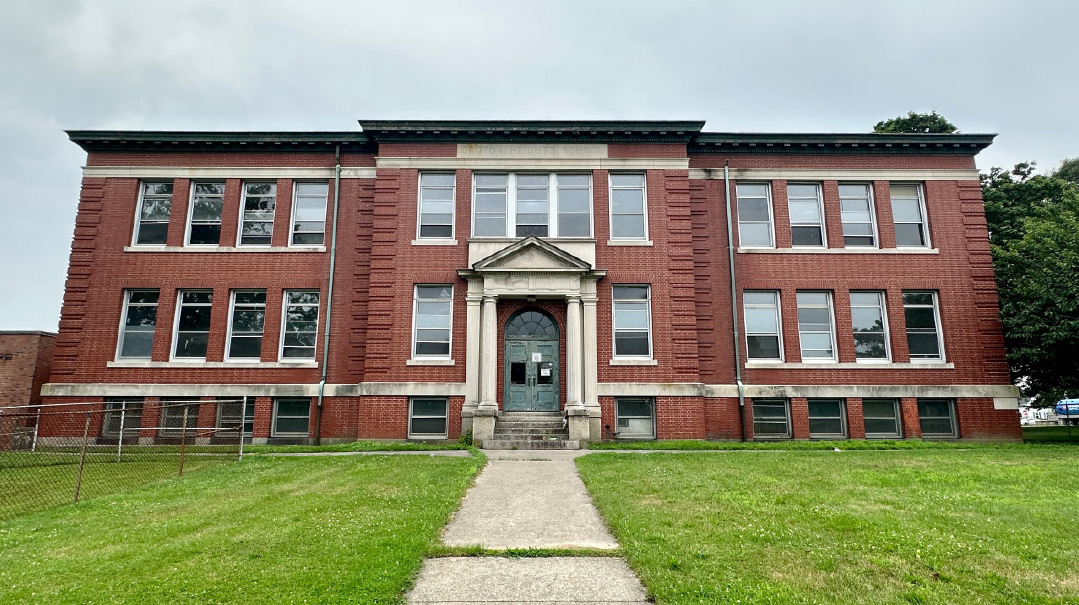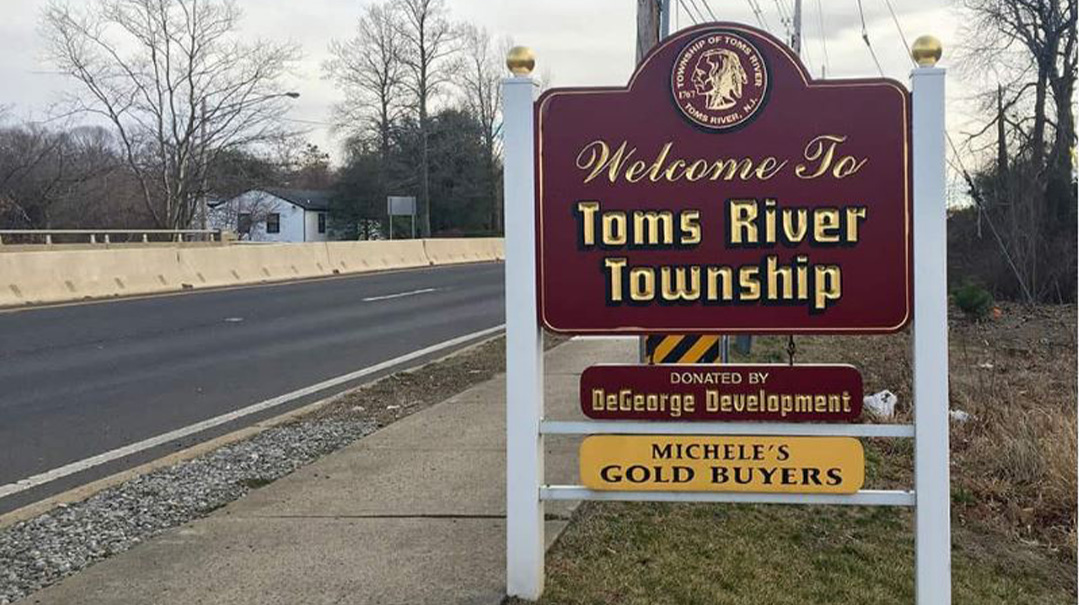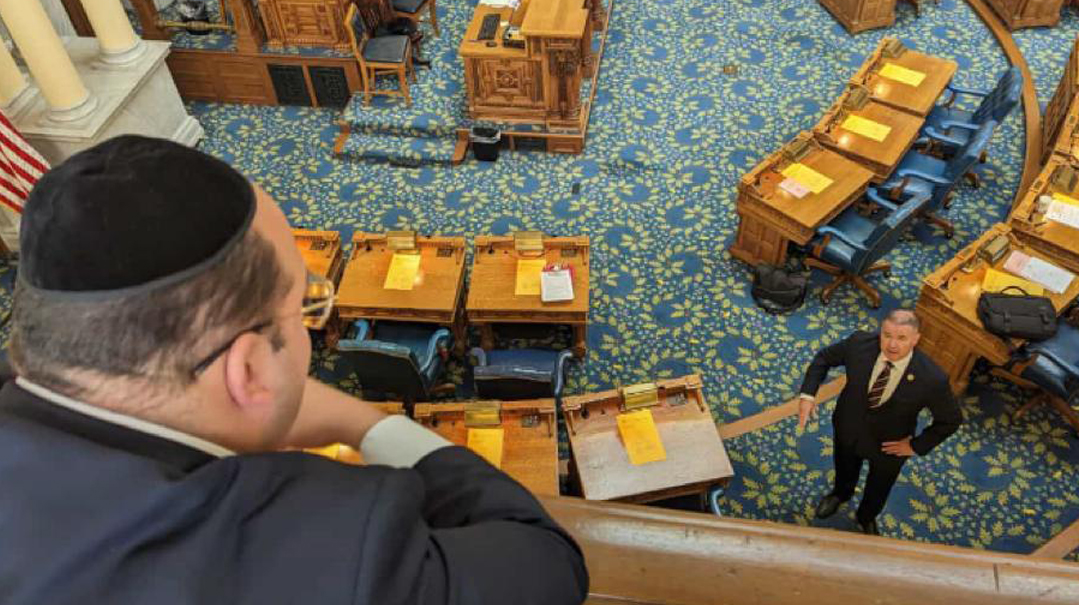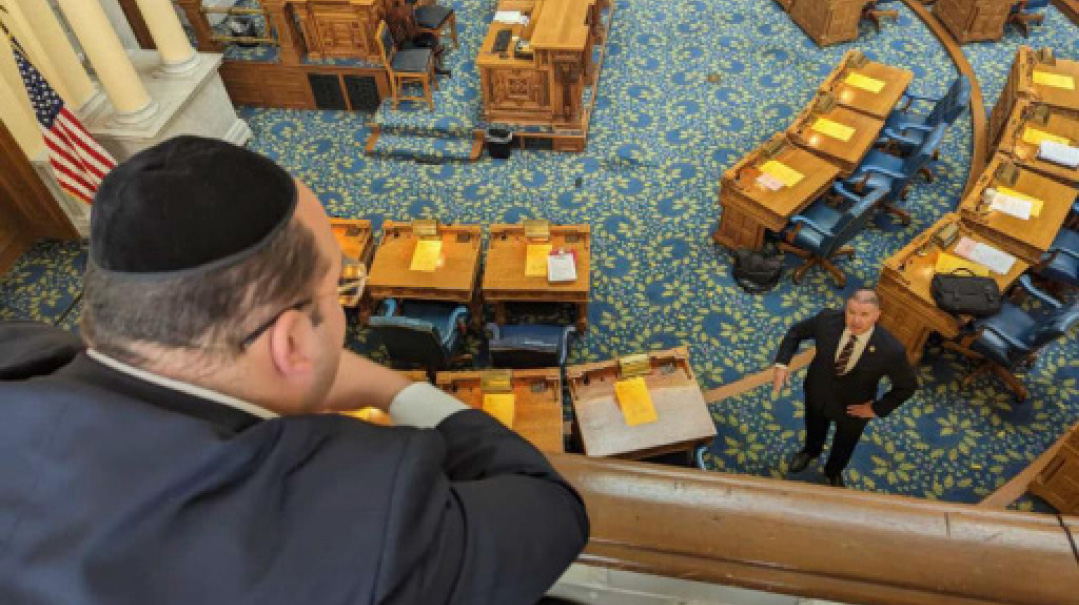Mapping New York City’s Cholent of Languages
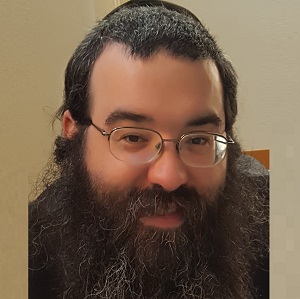
“We believe this is the first detailed linguist-produced map of the city"
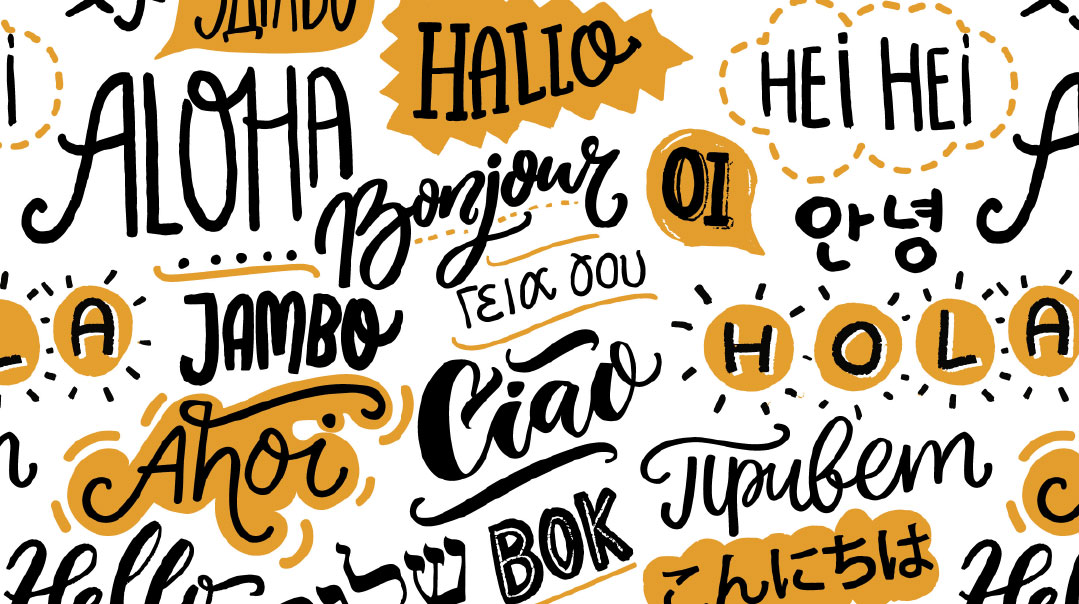
From chassidic Yiddish and Judeo- Yemeni Arabic to Bengali and Uzbek, a new language map of New York City reveals the city’s linguistic mosaic includes 637 languages.
Published last week by the Endangered Language Alliance (ELA), the map also shows that dozens of versions of English are spoken in the city, including Panamanian English, Newfoundland English, Irish English, Jamaican English, Italian English, and Jewish English. There are an equal number of Spanish- language varieties.
According to the map, chassidic Yiddish is spoken mostly in Williamsburg and Boro Park, and litvish Yiddish and Modern Hebrew speakers live in Crown Heights. Boro Park, it seems, is populated mainly by Jewish English speakers, a dialect known locally as Yinglish.
“There’s probably no place where the Yiddish language is spoken more than in New York,” said Ross Perlin, who founded the organization a decade ago with Daniel Kaufman. Perlin is of Belarusian background and is fluent in English, Yiddish, and Chinese.
Some other surprises on the map: There are a small number of people living in the Diamond District who speak Aramaic as their mamme lashon and a wide variety of Ladino and Jewish-Arabic speakers. In the Queens Jewish community — sandwiched between large Tajik, Polish, and Mandarin speakers — residents speak Jewish English, Bukhori, and “Biblical Hebrew.”
Outside the Jewish neighborhoods, the map serves as a quasi-grave marker to dying languages. Seke, for example, is a language spoken by fewer than 700 people, mostly in a handful of towns in Nepal. More than 100 of those people live in Brooklyn and Queens. The map even details an annual powwow held by Native Americans in Manhattan.
“We believe this is the first detailed linguist-produced map of the city,” the ELA said in a statement, adding that the map represents many of the indigenous languages “that are primarily oral and have neither public visibility nor official support.”
(Originally featured in Mishpacha, Issue 789)
Oops! We could not locate your form.


